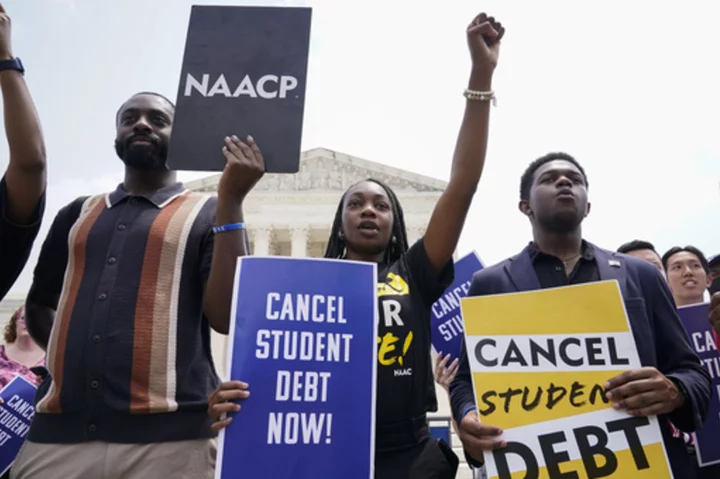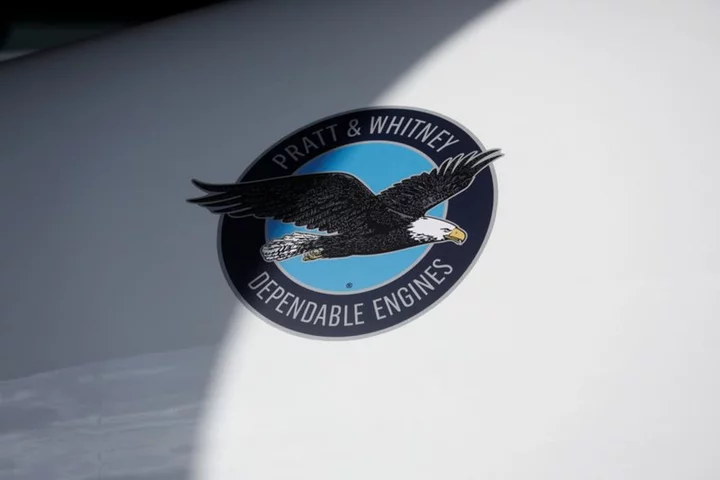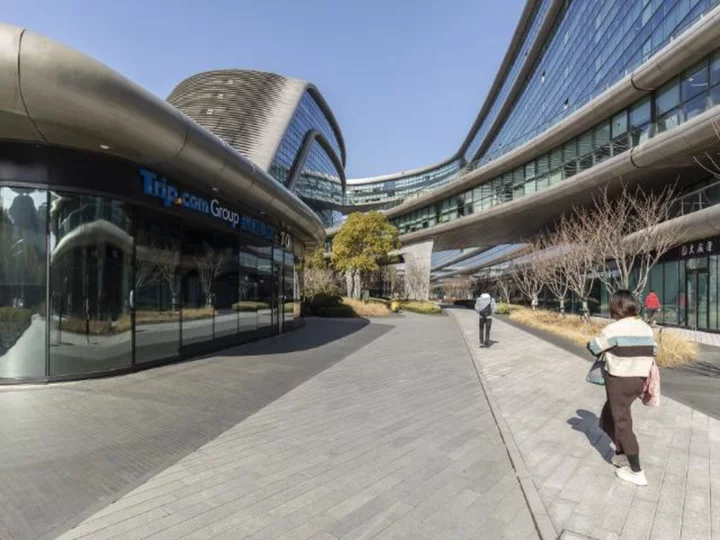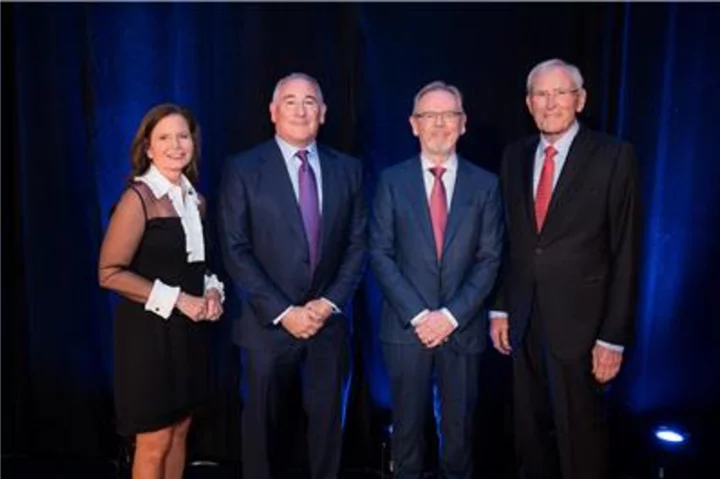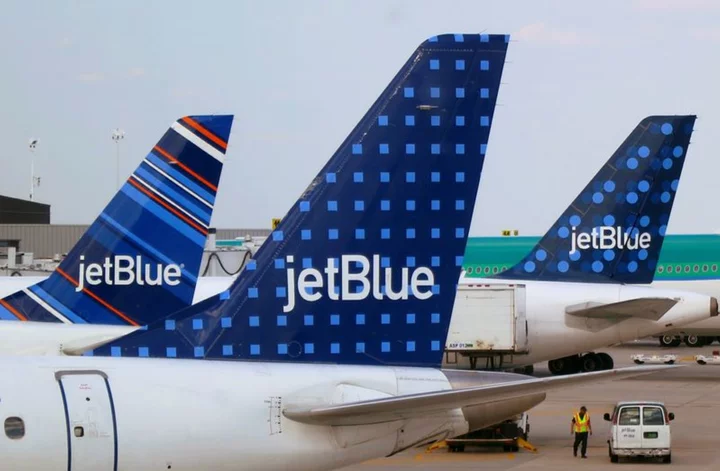NEW YORK (AP) — Following the Supreme Court's decision to effectively kill Biden’s earlier student debt forgiveness proposal, the White House is trying again to ease the burden on those carrying student loans using a different legal approach.
Biden's original plan would have canceled up to $20,000 in federal student loans for 43 million people. Of those, 20 million would have had their remaining student debt erased completely.
With repayments set to begin in October, many borrowers are wondering if they still have to pay. Here's what to know about where the new Biden plan stands.
WHAT IS THE NEW PLAN AND HOW IS IT DIFFERENT?Under the proposed approach, the White House is now planning to use the Higher Education Act of 1965 — a sweeping federal law that governs the student loan program — to bring about relief for student borrowers.
Biden said the authority of the act will provide “the best path that remains to provide as many borrowers as possible with debt relief.”
The law includes a provision giving the education secretary authority to “compromise, waive or release” student loans.
In its previous attempt to forgive student loans, Biden's White House appealed to a bipartisan 2003 law dealing with national emergencies, known as the HEROES Act, for the authority to cancel the debt. The court's 6-3 decision, with conservative justices in the majority, said the administration needed Congress’ endorsement before undertaking so costly a program.
WHO WILL BE ELIGIBLE AND HOW MUCH DEBT WILL BE CANCELED?So far, it remains unclear which loan holders will qualify and how much of their debt will be forgiven. To figure it out, the Education Department will go through a process known as negotiated rulemaking.
SHOULD BORROWERS STILL MAKE LOAN PAYMENTS?Hours after the Supreme Court decision, President Joe Biden announced a 12-month grace period to help borrowers who struggle after payments restart. Biden said borrowers can and should make payments during the first 12 months after payments resume, but, if they don’t, they won’t be at risk of default and it won’t hurt their credit scores. Interest will resume in September, however, and it will accrue whether borrowers make payments or not. Biden reiterated that it is not the same as the student loan pause, adding that “if you can pay your monthly bills, you should.”
Experts at the Student Borrower Protection Center and Institute of Student Loan Advisors encourage borrowers not to begin to make payments again until the fall, when interest starts up again and the pause lifts, since there is no penalty for not doing so during the freeze. Instead, any savings that would have gone to payments can earn interest in those remaining few months.
Finally, after the year-long grace period, if you’re in a short-term financial bind, you may qualify for deferment or forbearance — allowing you to temporarily suspend payment.
To determine whether deferment or forbearance are good options for you, contact your loan servicer. One thing to note: Interest still accrues during deferment or forbearance. Both can also affect future loan forgiveness options. Depending on the conditions of your deferment or forbearance, it may make sense to continue paying the interest during the payment suspension.
Following the year-long on-ramp offered by the Biden administration, if you don’t make student loan payments, you’ll risk delinquency and default, which will harm your credit score and potentially lock you out of other aid and benefits down the line.
WHAT ABOUT DECLARING BANKRUPTCY?The Biden administration is also working to make a clearer path for borrowers considering bankruptcy.
In November, the Justice Department announced a process with new guidelines for students with federal loans who are unable to pay. Under the new guidance, debtors will fill out an “attestation form,” which the government will use to determine whether or not to recommend a discharge of debt. If borrowers’ expenses exceed their income and other criteria are met, the government will be more likely to recommend a full or partial discharge of loans.
HOW SOON COULD THE NEW PLAN HAPPEN?Get ready to wait.
The overall idea is to create a new federal rule by gathering together lots of people with different views and hashing out the details. The goal is to reach a consensus, but the Education Department doesn’t need it to move forward.
It’s possible the Biden administration will go through the process, fail to reach a consensus but still proceed with whatever it decides is the best cancellation plan.
Still, this could take a long time. The absolute minimum for something like this would be about a year, according to Michael Brickman, who was part of multiple rounds of negotiated rulemaking as an education official for the Trump administration. There’s bureaucratic red tape to navigate, and the process is designed to slow things down and force a deliberate negotiation.
The process of negotiated rulemaking requires a period for written feedback from the public, a public hearing (a virtual hearing is scheduled for July 18) and negotiating sessions.
Given that the administration is just starting the process, Brickman said it’s possible it could take up to two years.
Asked why the Education Department didn’t try this route from the start, Secretary Miguel Cardona acknowledged Friday that it “does take longer.”
IS THIS PLAN ON FIRMER LEGAL GROUND?That’s up for debate.
In a 2021 memo, the former top education lawyer for the Obama administration cast doubt on the president’s authority to enact mass student loan cancellation. The memo, from Charlie Rose, first reported by The Wall Street Journal and obtained by the AP, warned that “the more persuasive analyses tend to support the conclusion that the Executive Branch likely does not have the unilateral authority to engage in mass student debt cancellation.” Instead, it found that the education secretary’s authority is “limited to case-by-case review and, in some cases, only to nonperforming loans.”
Some advocates had been urging Biden go this route all along, and the White House says it’s confident the plan will work. But it’s almost certain to face legal challenges. The Education Department has used the Higher Education Act to cancel student loans before, but never at the scale being discussed now. Backers including Sen. Elizabeth Warren have said the legal authority is clear, but lawyers for the Trump administration concluded in 2021 that mass student loan forgiveness was illegal. It could wind up being a gray area that courts need to sort out.
Brickman, who is now an adjunct fellow at AEI, a conservative think tank, predicts a similar fate to Biden’s previous plan. “The Supreme Court has told them no, and yet they’re undeterred,” he said. “I’m sure there’s a population out there that really admires that. But at some point the Constitution is the Constitution, and you have to just kind of accept that.”
____
The Associated Press receives support from Charles Schwab Foundation for educational and explanatory reporting to improve financial literacy. The independent foundation is separate from Charles Schwab and Co. Inc. The AP is solely responsible for its journalism.

